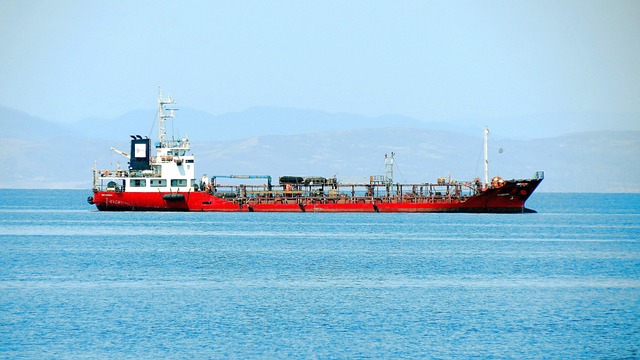The Northwest Tank Truck Simulator is a cutting-edge emergency training tool, using advanced technology to prepare responders for diverse hazardous scenarios in a safe environment. It replicates real-world tank truck operations and accidents, enhancing decision-making skills, teamwork, and confidence. This immersive simulator offers controlled practice for handling spills, structural collapses, and other crises, ensuring first responders are ready to act efficiently during actual emergencies. Its innovative approach to training has the potential to revolutionize emergency response preparation across sectors.
In the dynamic landscape of emergency response, effective training is a game-changer. The Northwest Emergency Training Program, featuring the cutting-edge northwest tank truck simulator, revolutionizes preparedness. This article explores a comprehensive approach to crisis management, delving into the role of advanced simulators in creating realistic training scenarios. We uncover the features and benefits of the northwest tank truck simulator, its impact on immersive experiences, and how it bridges the gap between training and real-world responsiveness. Get ready to discover how this technology is shaping the future of emergency response readiness.
- Understanding Northwest Emergency Training: A Comprehensive Approach
- The Role of Tank Truck Simulators in Realistic Training Scenarios
- Features and Benefits of the Northwest Tank Truck Simulator
- Creating Immersive Training Experiences: Case Studies
- Integrating Simulator Training with On-the-Job Preparedness
- Future Trends in Emergency Response Training Technology
Understanding Northwest Emergency Training: A Comprehensive Approach

Northwest emergency training programs, such as the Northwest Tank Truck Simulator, are designed to prepare responders for a wide range of complex scenarios they may encounter in their line of work. This comprehensive approach goes beyond basic training by simulating real-world emergencies, allowing professionals to practice their skills in a controlled environment. The simulator offers diverse situations, from hazardous material spills to structural collapses, providing an immersive experience that sharpens decision-making abilities and enhances teamwork.
By using cutting-edge technology, these training programs offer a safe haven for responders to learn, adapt, and grow without putting themselves or others at risk. The Northwest Tank Truck Simulator, in particular, focuses on specialized knowledge required for dealing with hazardous materials, ensuring that every participant is equipped to handle potential threats effectively. This tailored approach not only boosts confidence but also prepares them to respond promptly and efficiently during actual emergencies.
The Role of Tank Truck Simulators in Realistic Training Scenarios
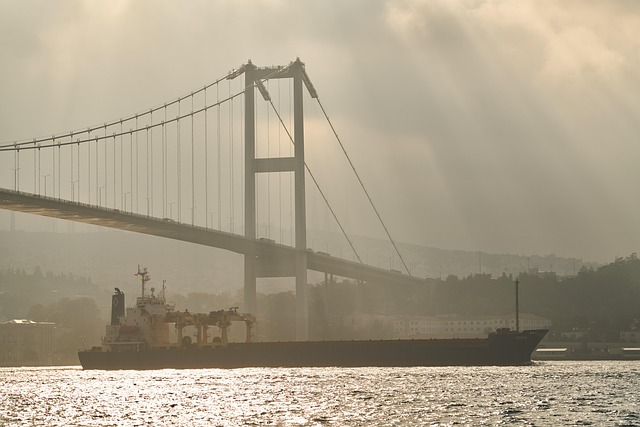
In the realm of emergency response training, realism is paramount to equip professionals for the unpredictability of their duties. This is where northwest tank truck simulators step in as indispensable tools. These advanced simulations offer a safe and controlled environment to rehearse scenarios involving hazardous materials, providing responders with hands-on experience without the risks associated with real-world situations. By replicating the handling and behavior of tank trucks, these simulators allow trainees to practice emergency protocols, improve decision-making skills, and enhance their ability to mitigate potential disasters.
The northwest tank truck simulator is not just a technological marvel; it’s a game-changer in emergency preparedness. Trainees can navigate through diverse virtual landscapes, encounter unexpected challenges, and learn to respond effectively under pressure. This immersive training translates directly into improved performance during actual emergencies, ensuring that first responders are ready to handle complex situations with confidence and precision.
Features and Benefits of the Northwest Tank Truck Simulator
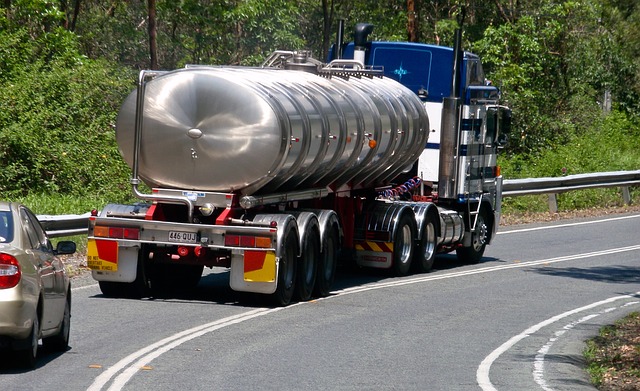
The Northwest Tank Truck Simulator is a cutting-edge training tool designed to equip emergency responders with invaluable skills and knowledge in hazardous material (HM) handling. This immersive simulator offers a safe, controlled environment where participants can navigate complex scenarios, enhancing their ability to manage spills, accidents, and leaks involving hazardous substances.
One of its standout features is the realistic replication of various tank truck types, allowing trainees to familiarize themselves with different vehicle systems. The simulator provides an intuitive interface for users to manipulate valves, hoses, and other equipment, simulating actual HM transfer processes. This hands-on experience is invaluable, as it enables responders to develop quick decision-making skills and coordinate effective response strategies in real-world emergencies. Additionally, the Northwest Tank Truck Simulator’s comprehensive feedback system offers detailed performance analyses, helping trainees identify areas for improvement and fostering continuous learning.
Creating Immersive Training Experiences: Case Studies
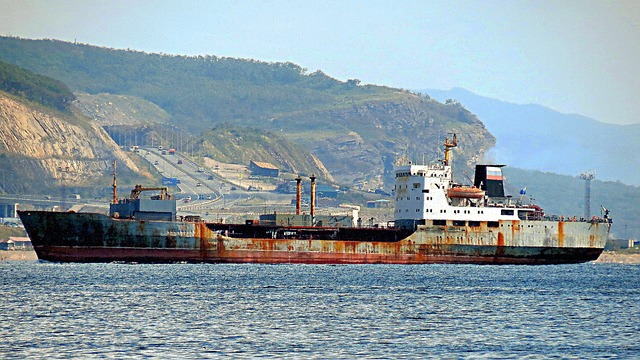
In the realm of emergency response training, creating immersive experiences is paramount for preparing professionals to face reality’s challenges. One innovative tool that has proven its mettle in this regard is the Northwest Tank Truck Simulator. This cutting-edge technology offers a virtual environment that mirrors real-world scenarios, allowing trainees to navigate complex situations without risk. By replicating the dynamics of tank truck operations, from loading and unloading to hazardous material handling, the simulator provides a safe space for practice and refinement.
Case studies have shown significant improvements in responder proficiency after undergoing training with this simulator. For instance, a recent study at a major Northwest transportation hub revealed that officers trained using the Northwest Tank Truck Simulator demonstrated faster and more accurate decision-making during simulated emergency situations. This level of preparation is invaluable, as it translates to quicker response times and potentially fewer casualties in real-life crises. The success of such immersive training methods underscores their potential to revolutionize emergency training programs across various sectors.
Integrating Simulator Training with On-the-Job Preparedness

In the fast-paced world of emergency response, every second counts. That’s where the Northwest Tank Truck Simulator steps in as a game-changer. This cutting-edge technology integrates immersive simulator training with real-world scenario preparation, ensuring responders are not just equipped but seasoned for any challenge. By replicating complex tank truck operations and hazardous situations, the simulator offers a controlled environment to practice decision-making and refine skills without risk to personnel or resources.
The Northwest Tank Truck Simulator isn’t merely about mimicking actions; it’s about cultivating instinctive responses. Through repeated exposure to diverse scenarios, responders gain invaluable experience that translates directly into improved on-the-job preparedness. This blend of virtual training and hands-on application is key to maintaining a highly skilled and confident emergency response team ready to face the unique demands of their region.
Future Trends in Emergency Response Training Technology
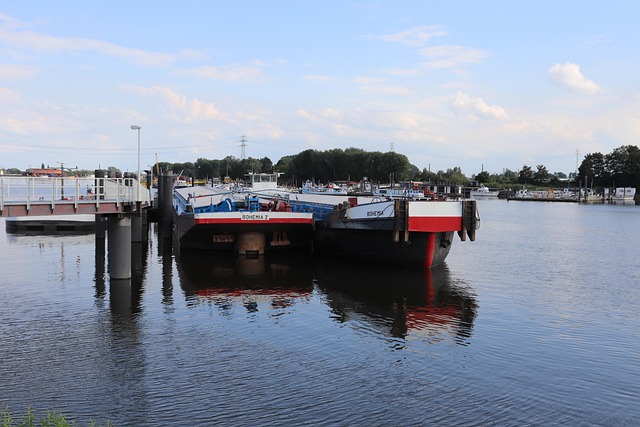
The future of emergency response training is poised for a significant shift, driven by technological advancements and the evolving nature of crises. One notable trend is the integration of immersive simulations, such as the northwest tank truck simulator, into training programs. This technology allows responders to practice high-risk scenarios in a safe, controlled environment, enhancing their readiness for real-world emergencies. With virtual reality (VR) and augmented reality (AR), trainees can experience hazardous situations, learn complex procedures, and improve decision-making skills without putting themselves or others at risk.
Additionally, the rise of digital training platforms and advanced data analytics promises more personalized and effective learning experiences. These tools enable instructors to track individual performance, identify knowledge gaps, and tailor training modules accordingly. As emergency response scenarios become increasingly dynamic and unpredictable, leveraging these future trends in technology will be instrumental in equipping responders with the skills, knowledge, and confidence needed to handle any crisis that arises in the northwest or beyond.

